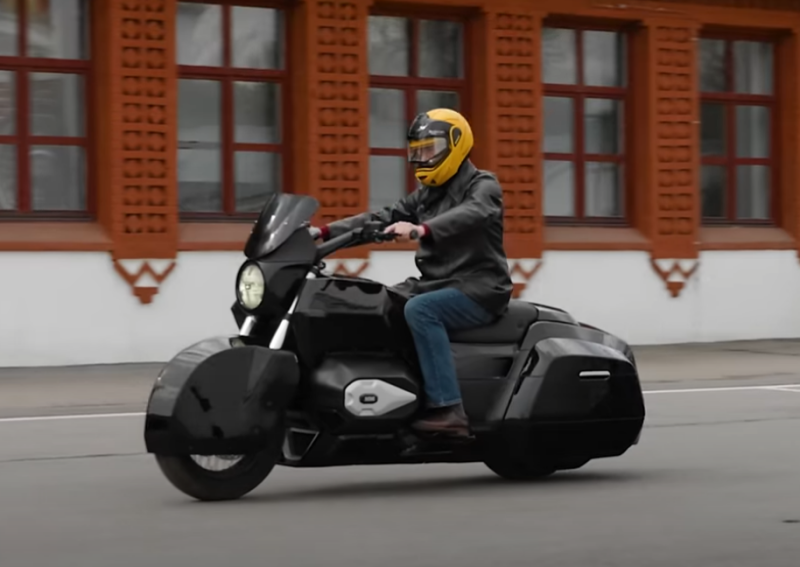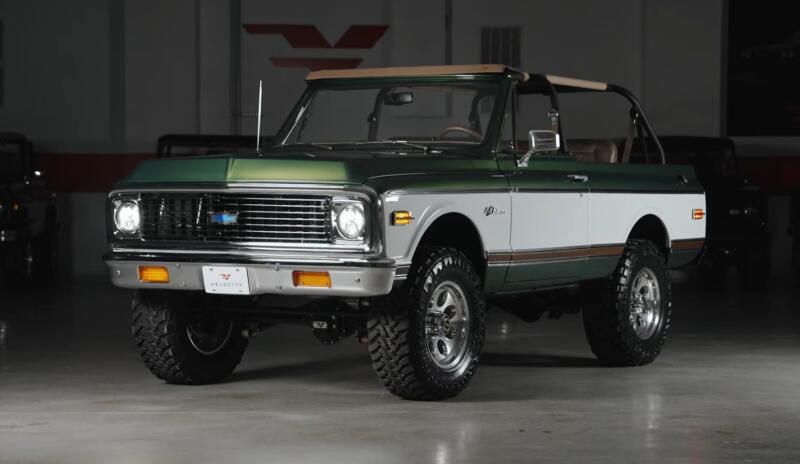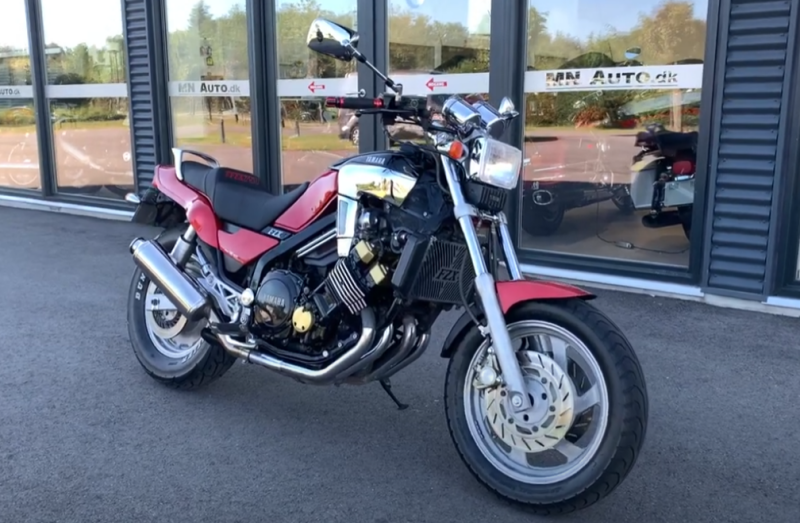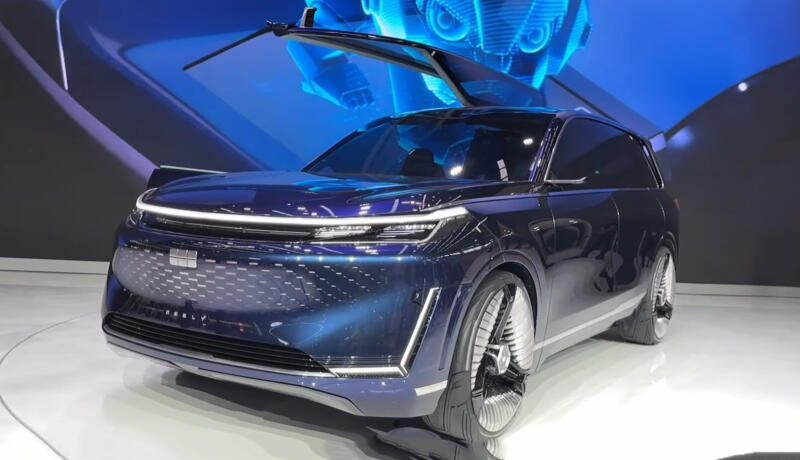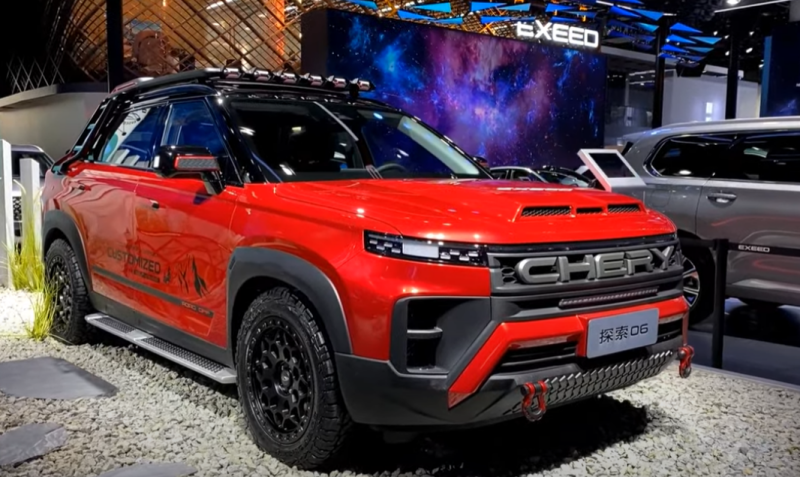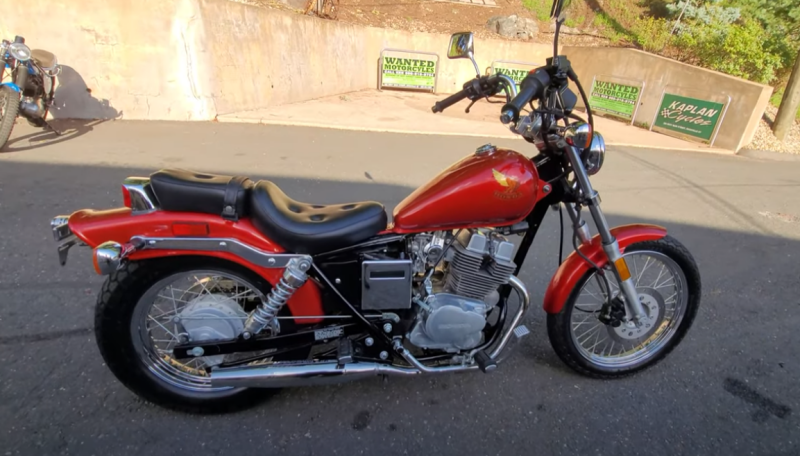The project had a couple of goals. The first was to use the car as a “laboratory” for testing possible layouts of super-heavy seaplanes with a take-off weight of over 500 tons. And the second point was to create a multi-purpose aircraft that transports goods, passengers on local airlines, delivers patients and patrols.
General construction
The aerodynamic layout was non-standard for amphibians of this class: a low-wing monoplane with displacement and gliding properties. However, there was nothing new here for the ASTC engineers: such a scheme was used in the creation of the LL-600, A-150 seaplanes in the 60s. This concept was not chosen by chance: it increased the stability of the aircraft on the water surface and increased its seaworthiness.
 The pilot is looking for a place to land on the water. Photo: YouTube.com
The pilot is looking for a place to land on the water. Photo: YouTube.comAs for the tail, according to the original plan, it should be T-shaped. However, during the design it was made all-moving, horizontal. On the first models, there were no flaps (there were slats). Chassis - tricycle. The fuselage is made of aluminum alloys: the panels are riveted together. Partially used composite materials in the form of glass fillers. Measures for protection against corrosion are provided, since the machine will be operated in sea water.
Power point
It was originally planned to use one engine. However, they wanted to sell the aircraft abroad, including in the USA. The American FAR standards provide for the presence of two engines on aircraft of this class. There was an idea to put the Russian M-17, but their present and future "floated in the fog." Therefore, we decided to use a twin-engine scheme, where a pair of Teledyne Continental TCM 10-360ES4 motors (USA) played the role of power units, each of which produced 210 “horses”. Screws - variable pitch, from the German company MT-Propeller GmbH. An anti-icing system is provided.
 The dashboard looks outdated today. Photo: YouTube.com
The dashboard looks outdated today. Photo: YouTube.comAlmost all equipment components are also imported: generator - Teledyne Continental Motors, battery Varta, course equipment - KCS55A, autopilot - KFC-150 (installation of Russian AP-103 is possible). The main parameters of the amphibian:
✅ wingspan, length and height - 12,72, 10,65, 3,757 m
✅ empty weight (fully equipped) - 1,824 tons (2,27 tons)
✅ commercial load - 368 kg
✅ cruising (highest) speed - up to 210 km / h (240 km / h)
✅ height - up to 5,2 km
✅ range - up to 1070 km
The amphibian could take on board five passengers, and only one pilot controlled the ship. For a takeoff run on land, 350 m was required, and water - 560 m. The operating temperature at which the amphibian can be operated is from -50 ° to + 50 °. The declared resource of the aircraft is 20 years or 15 thousand flight hours
Salon
In one cockpit - the only pilot's seat and passenger seats: four pieces in a couple of rows. Access to the aircraft is through a large hatch, opposite which is an emergency exit. The ladder is "one's own". All seats are equipped with life jackets. The cabin is distinguished by panoramic glazing and a modern interior.
 The cabin is designed for 4 passengers plus 1 seat next to the pilot. Photo: YouTube.com
The cabin is designed for 4 passengers plus 1 seat next to the pilot. Photo: YouTube.comThe ventilation system works, there is air conditioning, heating, which ensures comfort in flight. Behind - a wall separating the luggage compartment from the passenger compartment.
Tests: not everything is as smooth as we would like
There was a problem in finding a suitable plant for the construction of prototypes. The first candidate is an enterprise in Lukhovitsy. However, for a number of reasons, the plant could not accept the offer. Then they decided to organize production in Komsomolsk-on-Amur, which they did by 1995. The first built copy was transported to Taganrog. Before taking off, the car managed to visit the Gelendzhik-96 exhibition and conference. The plane aroused great interest, both curious and representatives of airlines.
 Landing on an unprepared airfield. Photo: YouTube.com
Landing on an unprepared airfield. Photo: YouTube.comAfter static checks, numerous runs, the ship finally made its first flight under the control of test pilot Ulyanov. Everything went well and the car was officially presented. And then began the routine of thorough checks of aircraft systems. More than 30 times the amphibian rose into the air.
 At exhibitions, the aircraft invariably gathered many curious people. Photo: YouTube.com
At exhibitions, the aircraft invariably gathered many curious people. Photo: YouTube.comAt the next stage, it was supposed to present the model at MAKS-97 (Zhukovsky). But a misfortune happened: a day before the opening of the cabin, the Be-103 crashed, the pilot Ulyanov did not survive.
Having reached a height of 100 m, the pilot tried not to leave the piloting zone, for which he entered a turn without picking up speed. As a result, due to critical overloads, a stall occurred: Ulyanov simply did not have enough height.
Despite the heavy blow, the program was not curtailed and work continued. At the same time, three more cars were built. The second instance was piloted by test pilot Dubensky. In 1997, he made 13 sorties. At the same time, the plane was also tested on the water surface: everything went well, and even better: the take-off run was lower than the calculated one and amounted to less than 200 m. The car was again demonstrated at Gelendzhik-98, but not in a static version, but in flights.
 The landing was successful. Photo: YouTube.com
The landing was successful. Photo: YouTube.comThe third car was already being prepared for the International Exhibition, which is to be held in Germany, the city of Friedrichshafen. A Be-103 flew there in April under the control of Dubensky. At the event, the car made a couple of training and one demonstration flight. This was not enough, but the interest in the amphibian was great: representatives of the press, specialists and visitors constantly crowded around him. After the end of the event, the plane flew to Valmühl, where propellers were made for it.
 Screws made in Germany. Photo: YouTube.com
Screws made in Germany. Photo: YouTube.comAt the end of April, the Beriev Design Bureau in Taganrog received stunning news: during a training flight, an amphibious aircraft crashed, the pilot died. The cause of the tragedy was unexpected. During takeoff, those present watched how the Be-103 barely broke away from the runway: the car could not gain the required height and crashed into a dam. It turned out that the pilot did not set the required power: it simply was not enough. Dubensky refused the services of an interpreter and did not really listen to or understand the Germans who made propellers for the amphibian.
 If necessary, the car could independently get out of the water element to the shore. Photo: YouTube.com
If necessary, the car could independently get out of the water element to the shore. Photo: YouTube.comBut the disaster did not discourage the Design Bureau: the aircraft was finalized and pilot Kalyuzhny tested it already in 2000. Everything went well, the next year the car was certified. In 2003, the plane went overseas. The goal is to enter the North American market. US certification required. In this case, ASTC was assisted by businessman Kent Lynn, who later became a Be-103 dealer. Partly thanks to him, the certification process went quickly and in July 2003 the required document No.A55CE was received. Already at the beginning of autumn, three aircraft were sold to America. By 2004, only 10 amphibians had been built.
What prevented the organization of large-scale production?
Be-103 is the only Russian aircraft certified in Europe and America. In 2014, it was produced in Komsomolsk-on-Amur. A production line has already been prepared, designed for up to 36 machines per year. But in 2005, work stopped: a site was required for the production of the SSJ-100.
 Be-103 in eternal parking in Taganrog. Photo: YouTube.com
Be-103 in eternal parking in Taganrog. Photo: YouTube.comTwo other models were also unlucky: Su-80 and An-38 - their production was also stopped. And so ended the history of the Be-103, which at that time had no competitors.

